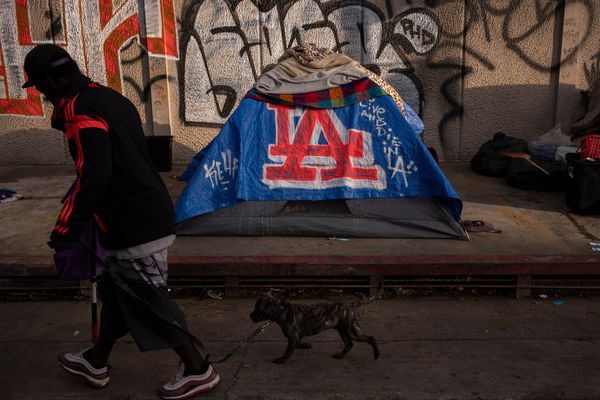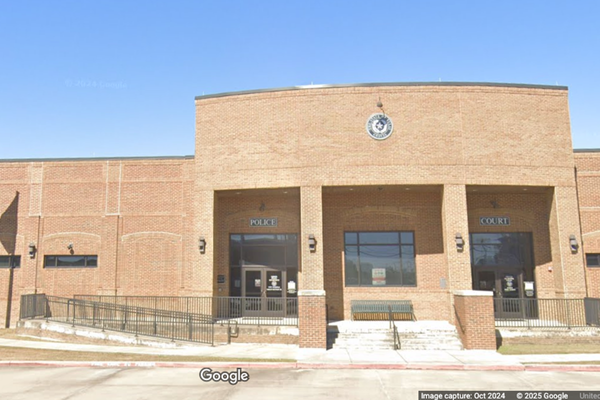
The contrast with the 2022 World Cup and its multibillion-pound air-conditioned stadiums could not be starker.
Football in England from the 1870s to the 1950s was played as the main pastime for predominantly working-class fans, usually watching from rickety wooden stands.
Illustrating this sporting past is a remarkable collection of 100 paintings, sketches and cartoons that has not been seen in public before. It will go on display and sale from Wednesday with a £1.5m price tag.
The works are by Royal Academy painters, plus leading cartoonists and sketchers such as Ronald Searle, best known for his St Trinian’s girls’ school, as well as Roy Ullyett, Norman Thelwell and the “cat drawer” Louis Wain.

They portray Britain’s most enduringly popular sport, with images of fans, players such as the former England and Wolverhampton Wanderers captain Billy Wright, pitches and stadiums, including those of Arsenal, Aston Villa and Charlton Athletic.
The collection has been built up over several decades by a former chairman of a noted professional club, who, now in his 80s and wanting to remain anonymous, has decided to sell.
“But we want it kept together, not sold piecemeal,” said Chris Beetles, who has helped create the collection through his eponymous London gallery. “We also want some immortality for it. It’s a real reflection of society of that time and of Englishness.”
The jewel in the collection is A Cup Tie at Crystal Palace by Charles Cundall, depicting a match between Corinthians, a team of mainly ex-public schoolboys, against Manchester City of the then First Division. The 1926 third-round tie was played in the shadow of the Crystal Palace in south London.
Most fans are standing, with some seated and a few viewing from the trees. The match ended in a draw, with Corinthians losing the replay.
Corinthian FC, formed in 1882, had by the turn of the century become the best team in England and the most influential club in the world. They toured Europe and South America proselytising football, in particular its fairness – the famous “Corinthian spirit”.
The Corinthians Paulista team was set up in 1910 in São Paulo, inspired by these travelling amateurs. One of the best sides in Brazil over the past century, they deliberately chose the same white shirts as the English club, as did Spain’s Real Madrid when it was they were established in 1902.

The collection is as much about spectators as players. Another noted Royal Academician, Bernard Dunstan, captures both in Arsenal Scores, dating from the 1950s. “Frankly, quite a lot of the artists were not that knowledgable about the game,” said Beetles. “Bernard basically loved the hurly-burly of the crowds.”
Several illustrations come from advertising campaigns, such as Searle’s football cartoon for Lemon Hart rum and Wain’s for Jacksons, the Piccadilly-based tea seller, with an image of a cat scoring.
The unpopular football club chairman is a trope not just of today, but of yesteryear too. Ullyett, the best sports cartoonist of the mid-20th century, captures one such hated boss, while HM Bateman, who drew for Punch and Tatler, shows a chairman sitting on piles of money.
One potential home for the collection could be the National Football Museum in Manchester, which has a sizeable collection of football memorabilia, including the balls from the first World Cup final of 1930 and the one won by England in 1966.
But the museum is not wealthy, though it is funded by the city council and, from 2023, will start receiving regular Arts Council England money.
The museum’s chief executive, Tim Desmond, is interested in the collection, has the catalogue and will visit the exhibition in early December.
“It aligns with our aims,” said Janine Ross, the museum’s marketing director. “Football unites people, and this collection also tells the story and history of the game.”
The museum, which has 200,000 annual visitors, cannot afford to buy the collection without help.
“Realistically, we are looking for a generous buyer who, in turn, will put it on public display, or maybe offer it as a gift or long-term loan to the museum,” said Beetles.







